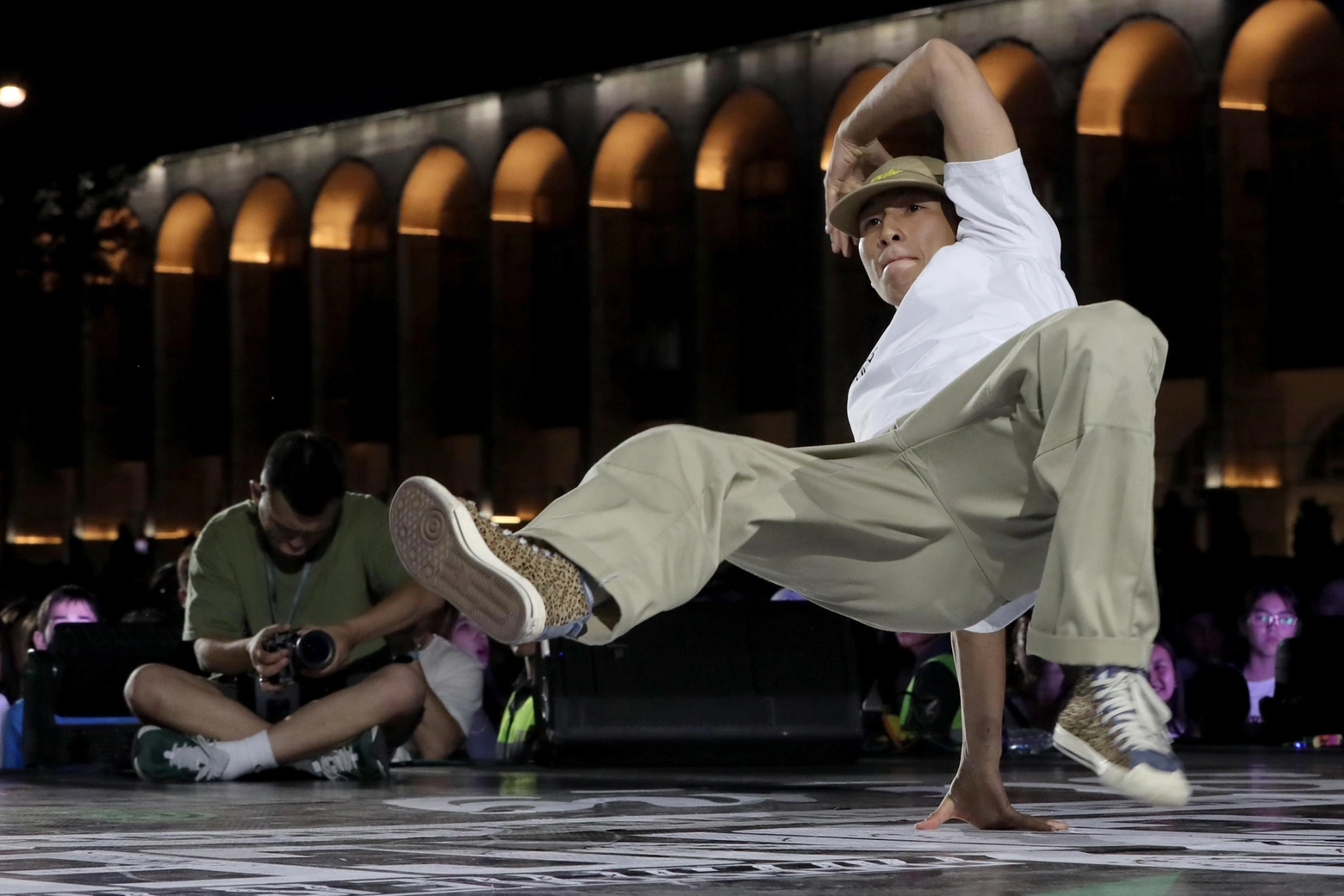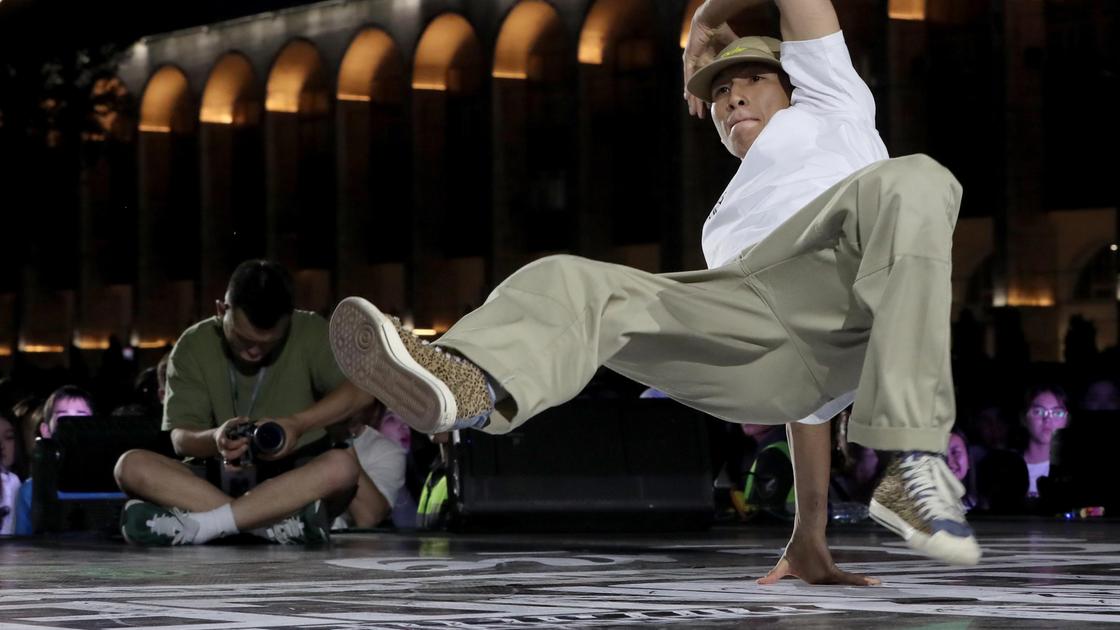Two turntables, a couple of vinyl records and a speaker. It was enough on August 11 fifty years ago to create a hip-hop movement. However, DJ Kool Herc, host of the genre-infusing party on New York’s legendary Bronx Sedgwick Avenue, could hardly count on creating the style that has established itself in the music scene for the past 25 years, dominating the charts around the world. Hailed as the father of hip-hop by both the U.S. Senate and rival Grandmaster Flesh, Kool Herc was the first to realize the potential of musical reproduction by mixing musical lines taken from the mainstream soul and funk records of the era. In addition to music, these black parties are fueled by dancing, especially breakdancing, and spray paint, street art by various Harings and Basquiats.

Hip Hop (Ansa)
The first successful hip hop song was Sugarhill’s Rapper’s Delight, released in 1978. The song combines a reimagining of Cold Brothers lyrics with a sample of Chic’s disco music. Therefore, we are moving from underground parties to the mainstream. In the 80s, success was cemented by the first attempt to mix hip-hop with other musical genres. Run Dmc decided to rap on Walk this way, a song taken from Aerosmith’s first album that was the first example of the intersection of rock and rap. The experiment was repeated later, in a decidedly less commercial way, by Public Enemy and Anthrax. The 90s sanctioned the recognition of rappers as real stars of show business, as well as the emergence of the figure of a gangster rapper. The focus is on a clash between the west and east coasts, starring 2Pac and Notorious Big, both killed during gang clashes. Among the survivors of those years, Jay Z and, above all, Dr. Dre, who stopped rapping over the years to devote himself to producing artists like Eminem, 50 Cent and Kendrick Lamar. It’s just that old glories like Snoop Dogg and Run Dmc were on stage a few days ago at a big concert at Yankee Stadium that was celebrating fifty years of rap. Despite stereotypes, women have played a prominent role in the hip hop movement over the years. The forerunners of the genre included Queen Latifah, Mary J. Blige, Missy Elliott, and former Fugees leader Lauryn Hill, with the latter still considered a better rapper than all of her various male counterparts. Their music paved the way for many contemporary artists such as Cardi B, Megan Thee Stallion and Nicky Minaj. And in Italy? After the explosion of political rap in social centers in the late 80s, the mainstream scene was dominated by Jovanotti and Article 31 J-Ax in the 90s, while masters of the genre such as Neffa and Sangue misto faded into the background. Colle der fomento, Kaos, Bassi maestro and Frankie Hi Nrg. After a short period of indifference from the public in the early 2000s, Fabry Fibra rocked the Italian scene with his rhymes that were as raw as they were thrilling. Club Dogo di Guè, Salmo and Marracash also gained a foothold from there, and the artists are still in the spotlight today. The scene, which, however, has little to do with the origins of hip-hop, has now been shelved in favor of trap. Even if things change, as more and more trap artists offer serious and conscious lyrics that talk about the street and life on the edge, just like in early rap. Because at the end of the day, hip-hop isn’t going anywhere.

